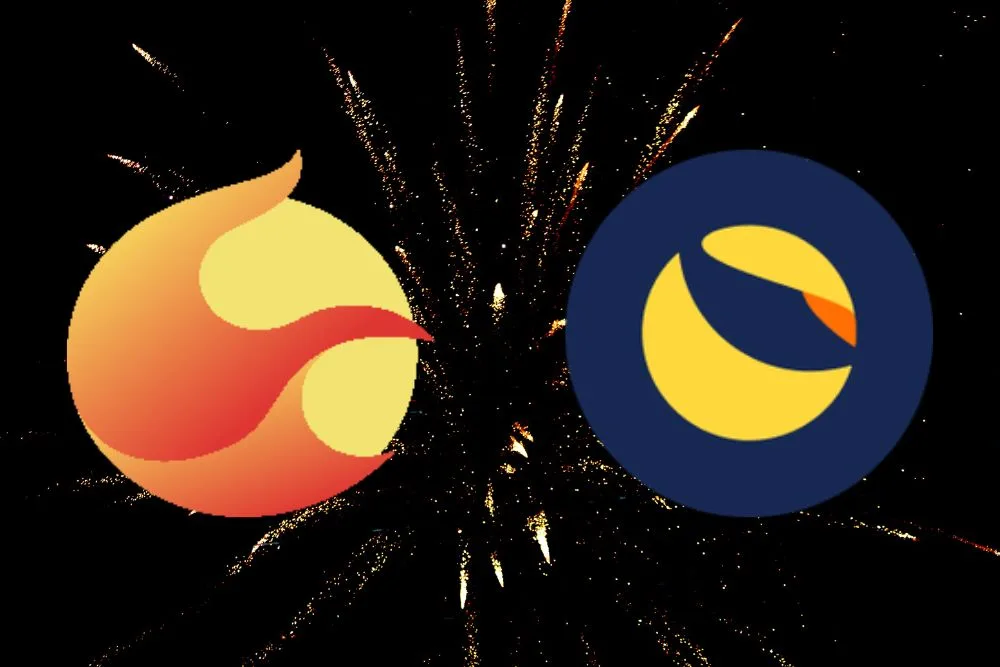Terra Classic (LUNC) and Terra 2.0 (LUNA) are two separate blockchains born from the collapse of the original Terra ecosystem in May 2022. Though they share a common origin, they now serve very different purposes – and for many, LUNC holds a unique advantage.
LUNA (Terra 2.0) was created as part of Do Kwon’s revival plan following the de-pegging of UST and the crash of the original Terra chain. This “new” chain abandoned the algorithmic stablecoin model entirely and aimed to move forward with a clean slate, mainly focusing on development and dApp integration. LUNA has been supported by Terraform Labs and some centralized exchanges, but many community members felt it lacked the grassroots spirit of the original.
LUNC (Terra Classic) is the original chain, rebranded and run by its community. After the collapse, control of LUNC shifted to independent developers and validators — not Terraform Labs. Over time, the community has introduced significant changes, including token burns, staking rewards, governance participation, and decentralized upgrades. LUNC holders are focused on revitalizing the chain through utility, community-driven proposals, and integrations with platforms like Orbit Chain and Interchain Station.
Why LUNC Might Be Better:
- Community-led: LUNC is powered by builders, validators, and holders—not a single company.
- Token Burns: Billions of LUNC tokens have been burned, reducing supply and increasing scarcity.
- Stronger Governance: LUNC holders actively vote and propose changes, giving real power to the community.
- Ongoing Utility: Projects continue to build on LUNC, and recent upgrades show that the chain is alive and evolving.
While LUNA offers a more “clean” approach, LUNC represents resilience, community strength, and real decentralization. For many investors, that makes LUNC not just different—but better.

